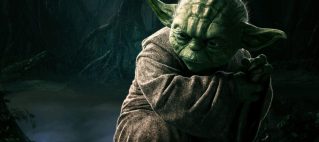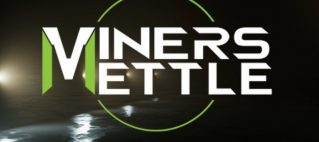Artwork by Ljcor
© Chris Shutt 2018
With this piece, I thought I’d write a little about the inspiration and musical devices behind the piece. If you have time can I suggest you listen to the piece twice, once before you have read the below and once after? I’m hoping that after reading the below you might be able to gain some insight into the piece and my process of writing it.
Background
I listen to all sorts of music but one genre I particularly like is film music. Last year I watched Wonder Woman. Being a composer I often find myself concentrating more on the music, listening out for ideas and inspiration for my own music. The Wonder Woman score is by an English composer called Rupert Gregson-Williams. The soundtrack is amazing with all the Holywood expense that goes with a blockbuster movie. One track in particular really stood out to me and that was “No Man’s Land“.
No Man’s Land
In “No Man’s Land” Gregson-Williams uses suspended chords. Check out the Wikipedia link for more information on suspended chords but in short, a suspended chord will feel unresolved and will, therefore, lead your ear to anticipate the next chord. If you listen to “No Man’s Land” you can hear how the chords build into one another and make you anticipate the next move in the harmony. In the piece, Gregson-Williams slowly builds the intensity by adding instruments along with movement in the form of a string ostinato and percussion. The piece builds and builds until a climax where a badass electric cello theme is introduced. For a much more in-depth and technical analysis check out Ashton Gleckman Youtube channel.
Together
Using the first section of “No Man’s Land” as inspiration I first came up with a chord progression based around suspended chords. I then explored this and came up with some simple melodic ideas that would sit well on top of the chord progression. (It is tempting to sometimes miss out this part and dive straight into all your amazing samples. I have wasted many an hour playing around with all my sample libraries. As fun as this is it is not actually very productive and you tend not to get anything meaningful written. So in my experience having some sort of plan/sketch/idea before you start loading up your whole orchestra is a massive time saver.)
Once I had my sketch I could then start the part I enjoy the most, orchestrating the piece inside my DAW. I began with the lower strings (Violas, Cellos and Basses) and created a chord bed that I could build the rest of the piece on. I then slowly built layers on top of this. First I add some higher strings (Violins), then a very light ostinato and finally, I added some very light mid brass (Horns) to finish off the first climax.
At this point, I felt the piece needed an intro into the main them so I created a new section. The intro uses another musical device called a pedal note. The pedal note works well because it keeps the music fixed or anchored as if you’re waiting for something. When the main theme is introduced it emphasises the movement in the harmony.
Having written the intro I then went back to the main theme to continue to build the piece. I decide to add and break at this point in the piece. I have written a lot of trailer music over the last few years and one staple of trailer music are breaks between sections. In trailer music, these are putting in by composers to help editors synch the music to the picture but these silent sections also help to build the anticipation into the next section. It’s almost like taking a deep breath before you plough on. Following the break, the main theme is re-introduced but this time with percussion, a rhythmical string idea and choir. Through this final section, the piece continues to build with additional instruments and percussion being added. Also introduced in this section are slight variations in the melody. By introducing these variations it helps to keeps interest in the piece while also keeping continuity with what has come before.
The above is a simplifaction of how the piece was created. Whenever I write a piece I am forever jumping back and forth from sections and making tweaks here and there. There is a lot more detail that I could go into but I hope this gives a broad overview of how I go about creating a piece.
I have listed below the sample libraries used in this piece. If you have any comments/questions/request/suggestions please leave them in the comments section and I will try and get back to you.


